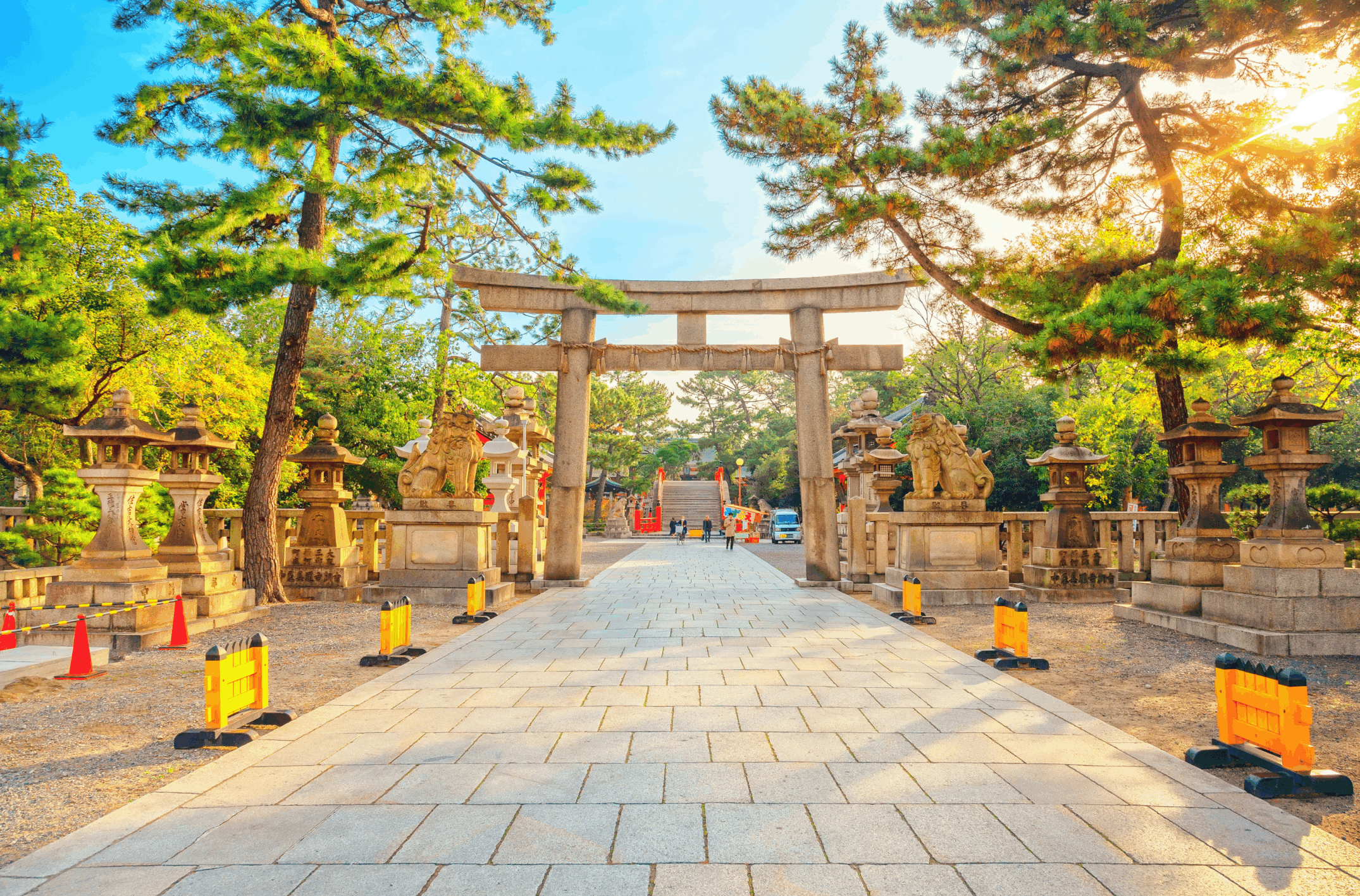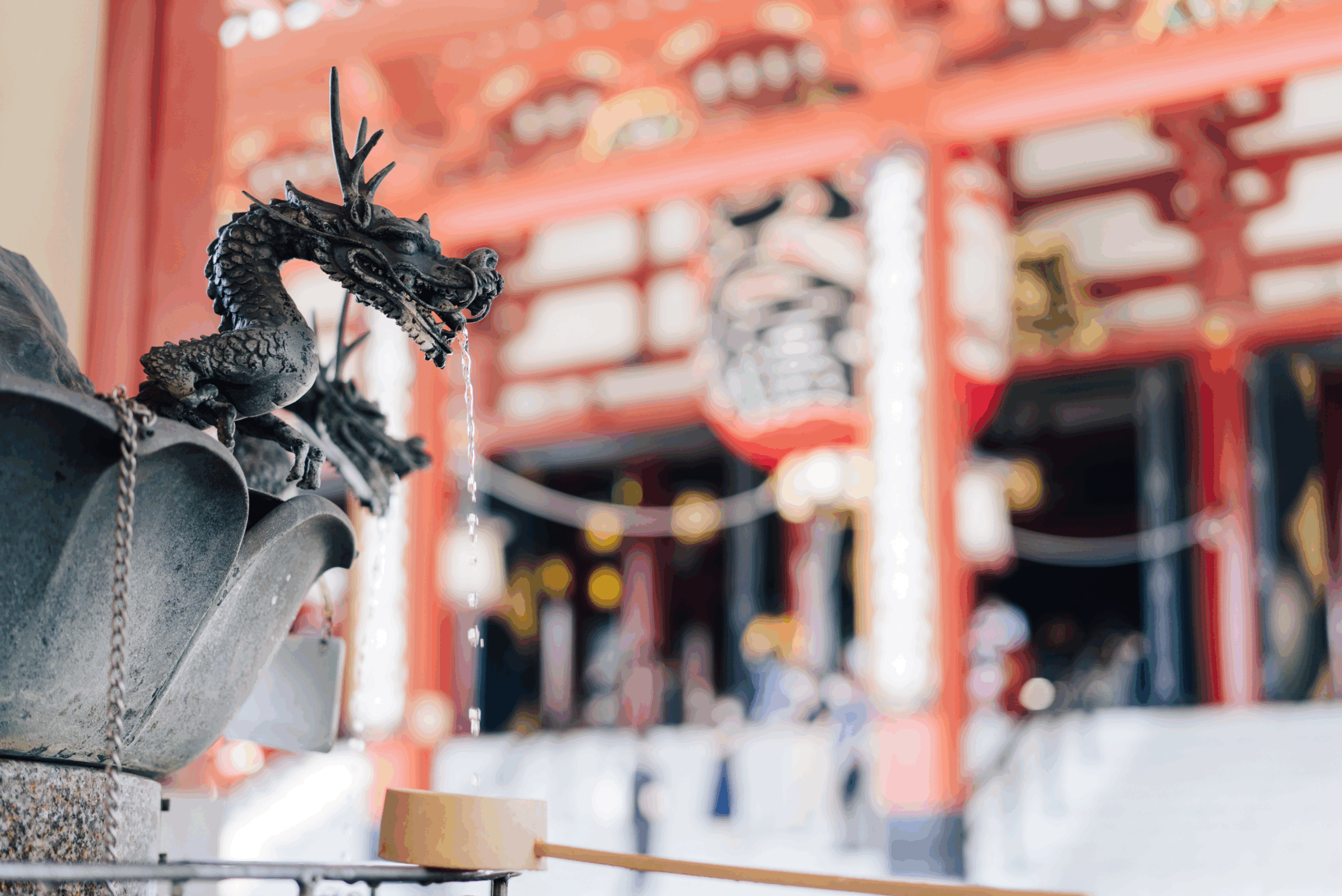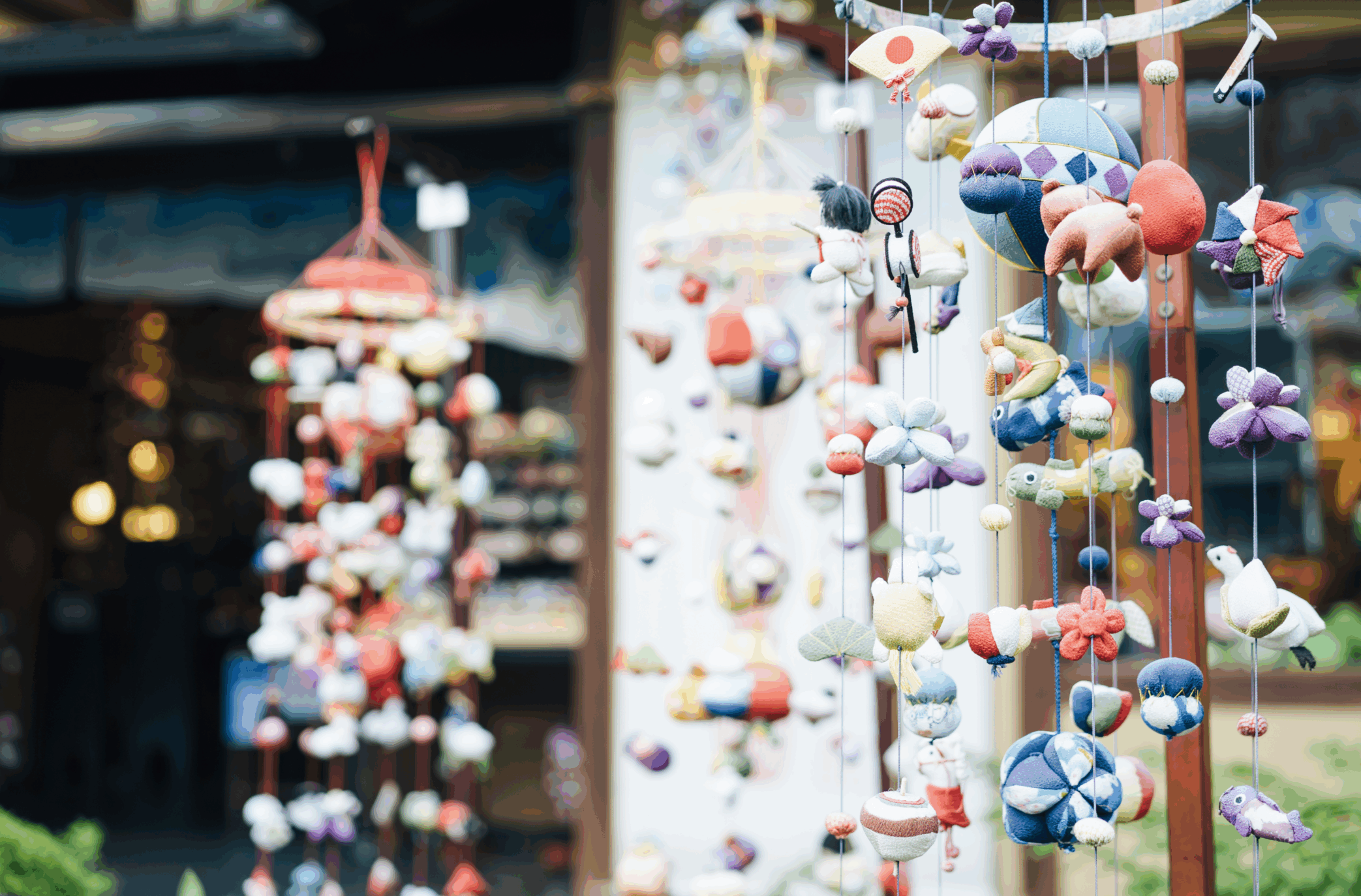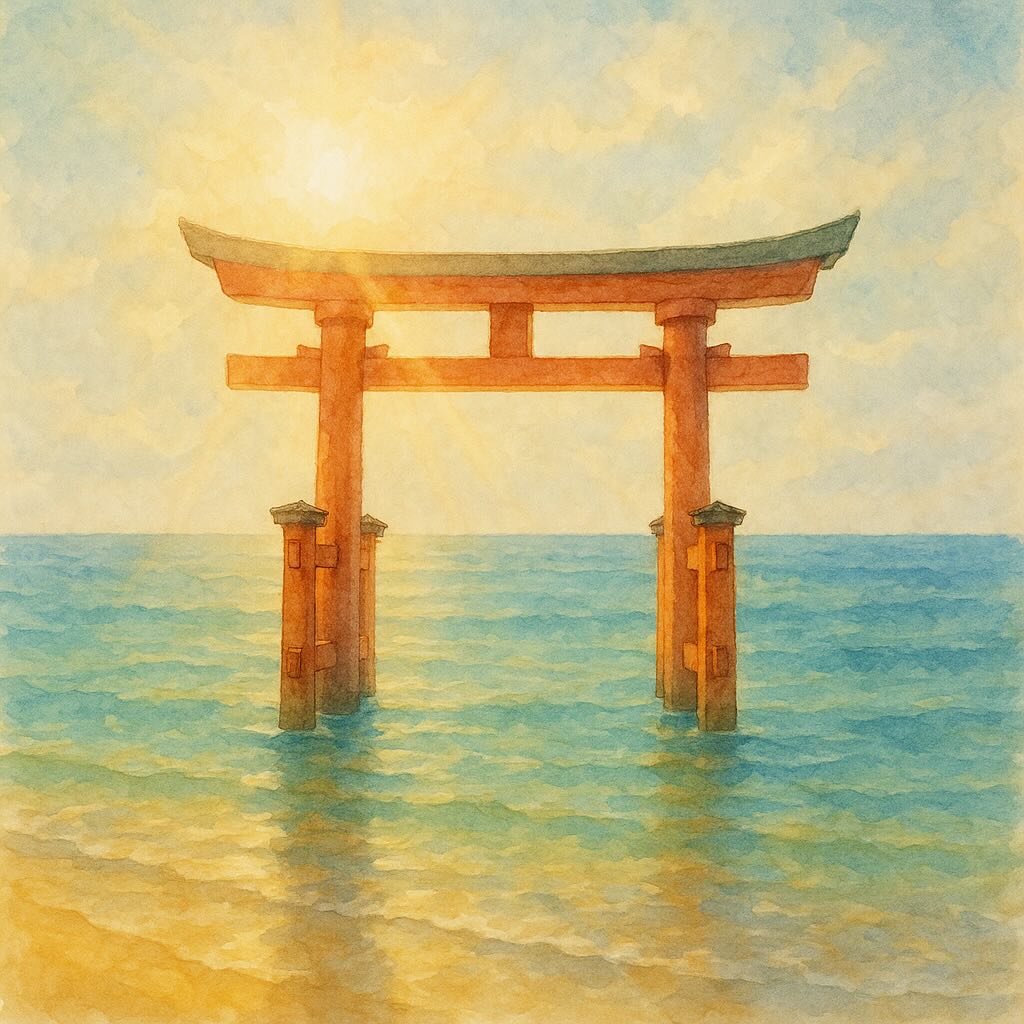Shinto shrines—called Jinja in Japanese—are sacred places deeply woven into Japan’s culture, history, and daily life. If you’ve ever seen a bright red or wooden torii gate and wondered “What is a Shinto shrine?” or “What does that gate mean?”, this guide will take you beyond the entrance and into the heart of Japan’s native spirituality.
From purification rituals to sacred architecture, we’ll explore the meaning, purpose, and traditions behind these timeless symbols of Japanese belief.
What Is a Shinto Shrine(Jinja)?

A Shinto shrine is a sacred space where kami—spiritual beings or deities—are enshrined. Unlike Buddhist temples, which focus on meditation and enlightenment, Shinto shrines honor nature, ancestors, and community through rituals and prayers.
People visit shrines to:
Pray for good fortune and health
Celebrate life events
Participate in seasonal festivals
Seek protection from evil spirits
These sacred sites are central to Japanese identity and daily life.
What is Shinto?
Shinto is Japan’s indigenous spirituality, rooted in animism, ancestor worship, and a deep respect for nature. The word “Shinto” means “Way of the Gods.” It has no founder, scripture, or fixed doctrine—only practices and beliefs passed down through generations.
At its core, Shinto emphasizes:
Purity and cleanliness
Harmony with nature
Reverence for unseen spiritual forces
Shrines serve as the primary place for practicing Shinto rituals.
Who or What Are Kami?
Kami are the sacred spirits worshipped in Shinto. They can be:
Natural elements (sun, rivers, mountains, trees)
Deceased ancestors
Historical figures revered for their contributions
Local guardian spirits
Amaterasu-Omikami(The Sun Goddess Amaterasu) is the most revered kami in Shinto mythology. Shrines dedicated to different kami exist throughout Japan, each with its own traditions and architectural styles.
Key Features of a Shrine

Each shrine contains symbolic structures that embody spiritual meaning. Understanding these features helps you engage respectfully during your visit.
H3: Torii Gate – The Spiritual Threshold
The torii gate is perhaps the most recognizable feature of a shrine.
The torii gate signifies the boundary between the physical world and the sacred world of the kami. So when you pass through a torii gate—whether entering or leaving—you should bow to show respect for the kami.
Torii gates are often painted bright vermilion, a color believed to offer protection. However, some are made of plain, unpainted wood—considered sacred and thought to repel evil spirits
Some shrines, like Fushimi Inari Taisha, have hundreds of torii gates forming stunning tunnels through the forest. Walking through these gates is said to purify your spirit and prepare you for your visit.
🔍 Keyword tips: “torii gate meaning,” “what is a torii”
Chozuya – Ritual Purification Fountain
Before you approach the shrine’s main hall, visitors are expected to purify themselves at the Chozuya. It may also be called Chozusha or Temizuya.
This ritual involves using a wooden ladle to pour water over your left hand, then right, rinse your mouth (spitting beside the basin), and finally cleanse the handle.
This practice symbolizes spiritual cleanliness—a key concept in Shinto.
🧼 Pro tip: Try this at every shrine you visit in Japan—it’s respectful and essential.
Honden – The Sacred Heart of the Shrine
The Honden, or main sanctuary, is where the kami is enshrined. It’s typically closed to the public to maintain purity and sanctity. Only Shinto priests are allowed to enter this inner sanctum during ceremonies.
Architecturally, the Honden varies depending on the shrine’s deity, historical period, and region.
🏛️ Keyword: “main hall of shrine,” “honden meaning”
Haiden – Where Prayers Are Offered
The Haiden, or worship hall, is the place where visitors stand, bow, offer coins, and pray. This is the only structure most visitors will interact with directly.
At most shrines, you’ll find a coin box in front of the Haiden. You might also ring a bell or normally clap your hands twice to call the kami’s attention before making your wish.
It’s also common to see wedding ceremonies, blessings, or rituals performed here by Shinto priests. These practices blend spirituality with everyday life.
Komainu – Guardian Lion-Dogs
The komainu, or guardian lion-dogs, are placed in pairs at the entrance of the shrine.
One usually has its mouth open (“a”), and the other closed (“un”), representing the start and end of all things in Sanskrit sounds.They act as protective spirits, warding off evil and preserving the shrine’s sacredness.
Some shrines feature guardians such as foxes, rabbits, monkeys, deer, or frogs instead of the komainu.
Shrines in Modern Japan

Shrines today continue to play vital roles in Japanese life and culture, even among people who don’t consider themselves religious.
Shrines as Community Hubs
Shrines often serve as the spiritual and cultural heart of local neighborhoods. Seasonal festivals known as Matsuri are hosted by shrines and involve lively parades, performances, and street food. These events celebrate the kami and foster a strong sense of community.
🎎 Examples include Gion Matsuri in Kyoto or Sanja Matsuri in Tokyo.
Life Events and Personal Prayers
Many people in Japan visit shrines during life milestones such as:
Hatsumode (New Year visit)
Shichi-Go-San (children’s growth celebration)
Omiyamairi (baby’s first shrine visit)
Weddings (Shinto-style ceremonies)
They also come to buy omamori (charms), draw omikuji (fortunes), and write wishes on ema (wooden plaques).
🔮 These traditions blend spirituality with everyday life, making Shinto part of Japanese identity.
Shrines as Tourist and Spiritual Destinations
In recent years, shrines have become popular not just with locals but with international tourists seeking authentic cultural experiences.
Many shrines are also considered ‘power spots,’ believed to possess healing or spiritual energy. Tourists often enjoy the calm atmosphere, beautiful gardens, and ancient architecture—while also learning proper etiquette and customs.
📸 Remember to be respectful when taking photos, especially near the Honden.
Collect Goshuin – The Sacred Stamp Book Tradition
A unique and cherished modern practice at Shrines is collecting Goshuin —handwritten stamps and calligraphy given by shrine priests. These sacred stamps are offered in exchange for a small fee (usually 300–500 yen) and are inscribed in a goshuin-chō, a special notebook made for shrine and temple stamps.
Each Goshuin typically includes:
The shrine’s name written in calligraphy
The date of your visit
A red vermilion stamp
Some also include phrases or the name of the enshrined kami, written in elegant calligraphy.
Many visitors see Goshuin collecting as a spiritual travel log, marking each shrine they’ve respectfully visited. It’s also a growing trend among tourists looking for meaningful cultural souvenirs—far more personal than mass-produced items.
Is Shinto a Religion?
Shinto is more a way of life than an organized religion. It’s about honoring nature, tradition, and community—not conversion or dogma. In modern Japan, it blends seamlessly with daily living.
✨ Everyone is welcome at Shinto shrines, regardless of belief.
Famous Shrines in Japan
Here are some iconic shrines to visit:
Ise Jingu (Mie Prefecture) – Considered the most sacred shrine in Japan.
Fushimi Inari Taisha (Kyoto) – Known for its thousands of red torii gates.
Meiji Jingu (Tokyo) – A peaceful retreat in the heart of Tokyo, dedicated to Emperor Meiji.
Itsukushima Shrine (Hiroshima) – Famous for its floating torii gate on the sea.
Tips for Visiting a Shrine in Japan
Be respectful and follow local customs:
Try purification rituals before praying
Don’t enter restricted areas (especially the Honden)
Collect a Goshuin to remember your visit
Avoid loud talking or inappropriate selfies
Visiting Shrines During Your Trip to Japan
Whether you’re a spiritual seeker, a history buff, or simply a curious traveler, visiting a shrine can be a deeply enriching experience.
Visiting a Shinto shrine isn’t just sightseeing—it’s stepping into the soul of Japan. Whether you’re spiritual or simply curious, shrines offer a peaceful, meaningful connection to nature, history, and culture.
So the next time you see a Torii gate in Japan, step through it. It’s more than a structure—it’s a doorway to the Japanese spiritual heart.


No responses yet